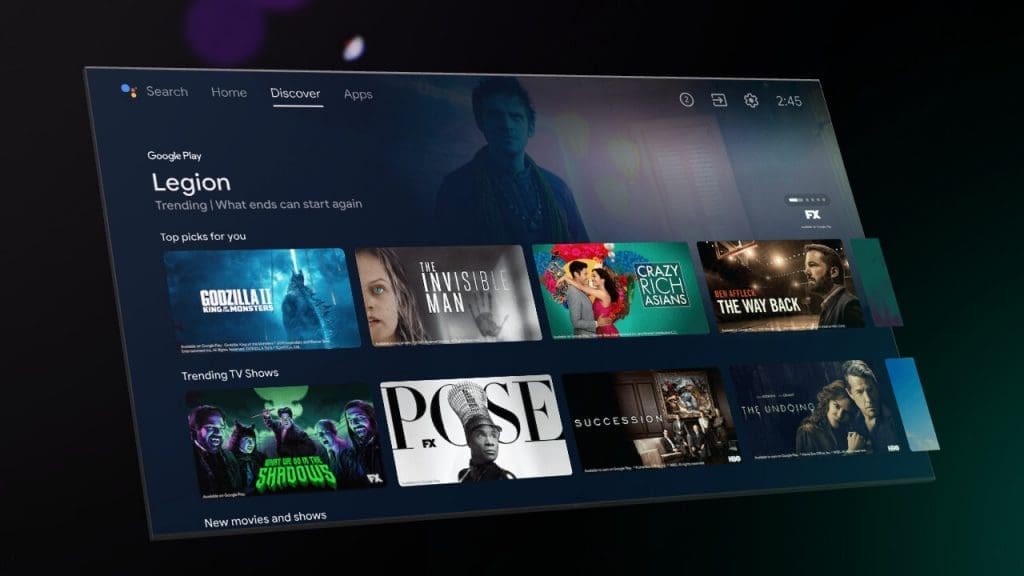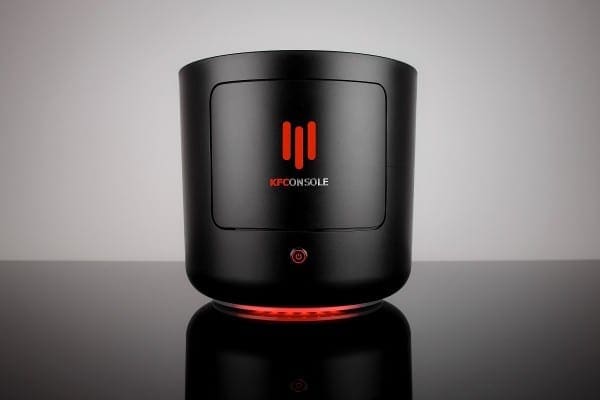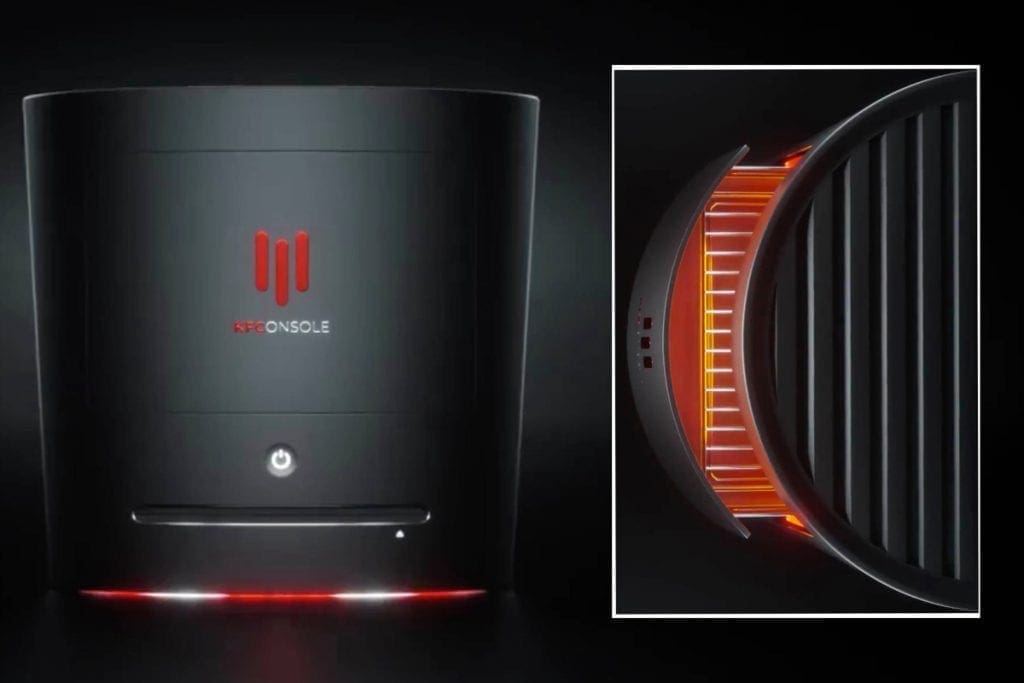Google is all set for the release of the Android TV 13 a couple of months after the OS was added to its Pixel phones. It is a pattern that the company followed with Android 12 last year.
Android TV already supports many media streaming accessories including the Chromecast and the NVIDIA Shield with Google TV. The earlier version, Android TV 12, is a decent upgrade over Android TV 11, offering improvements and fresh features. It introduces 5K UI rendering support and a remodeled UI. It also introduced dynamic refresh rate switching.
The low-power standby promises to be one of the leading features of the Android TV 13. Its primary function will be to impose limits on apps when the device remains on standby more.
The Low Power Feature Gets Disabled By Default In The Android TV 13
When the Android TV 13’s low power mode is active, the wake-locks get disabled while the access to networks is blocked. Such restrictions are withdrawn temporarily during the doze upkeep windows. This feature makes genuine sense given the nature of the Android TV 13 as users are careless about notifications, more so when the TV is off. It gets disabled by default when it is not in use on the TV.
The aspect ratio of Android TV 13 will be ideal for the display of 16:9 content. Google will enhance the PiP feature in Android TV 13 by allowing developers to create PiP windows greater than the aspect ratio of 2.39:1 or less than 1:2.39.
A new Activity method in the new Android TV allows users to block the PiP box along with the main activity, rendering both windows obvious to users.
If Google sticks to the timeframe of previous Android TV launches, the Android TV 13 could be announced in November. With most manufacturers taking time to set out a new build of television based on Android, we can expect a fair amount of delay before we get to see these new features.



